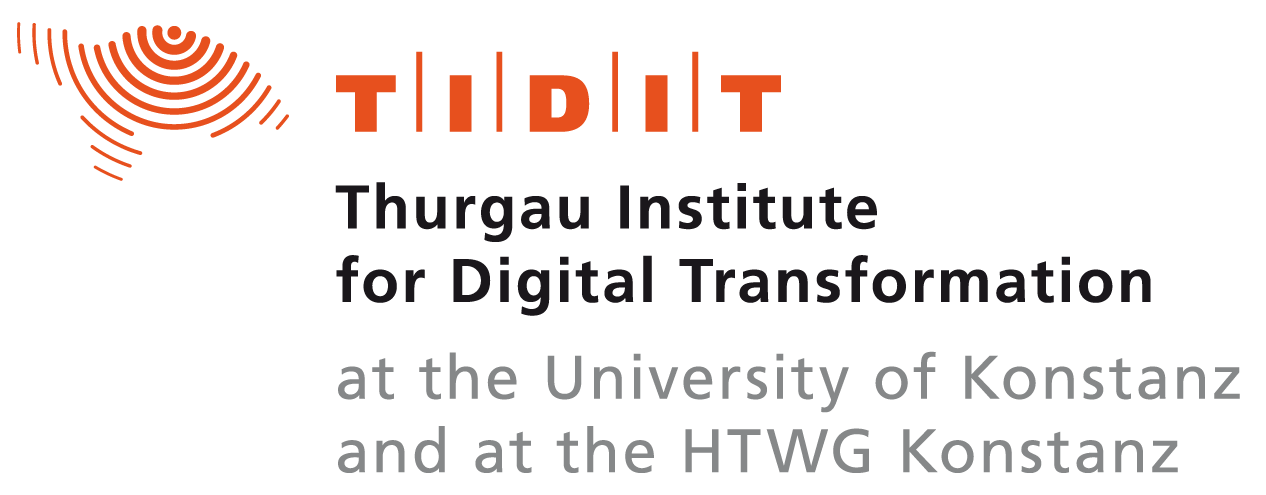Deep transformation models: Tackling complex regression problems with neural network based transformation models
B Sick, T Hathorn, O Dürr - 2021
Abstract: We present a deep transformation model for probabilistic regression. Deep learning is known for outstandingly accurate predictions on complex data but in regression tasks it is predominantly used to just predict a single number. This ignores the non-deterministic character of most tasks. Especially if crucial decisions are based on the pre...







